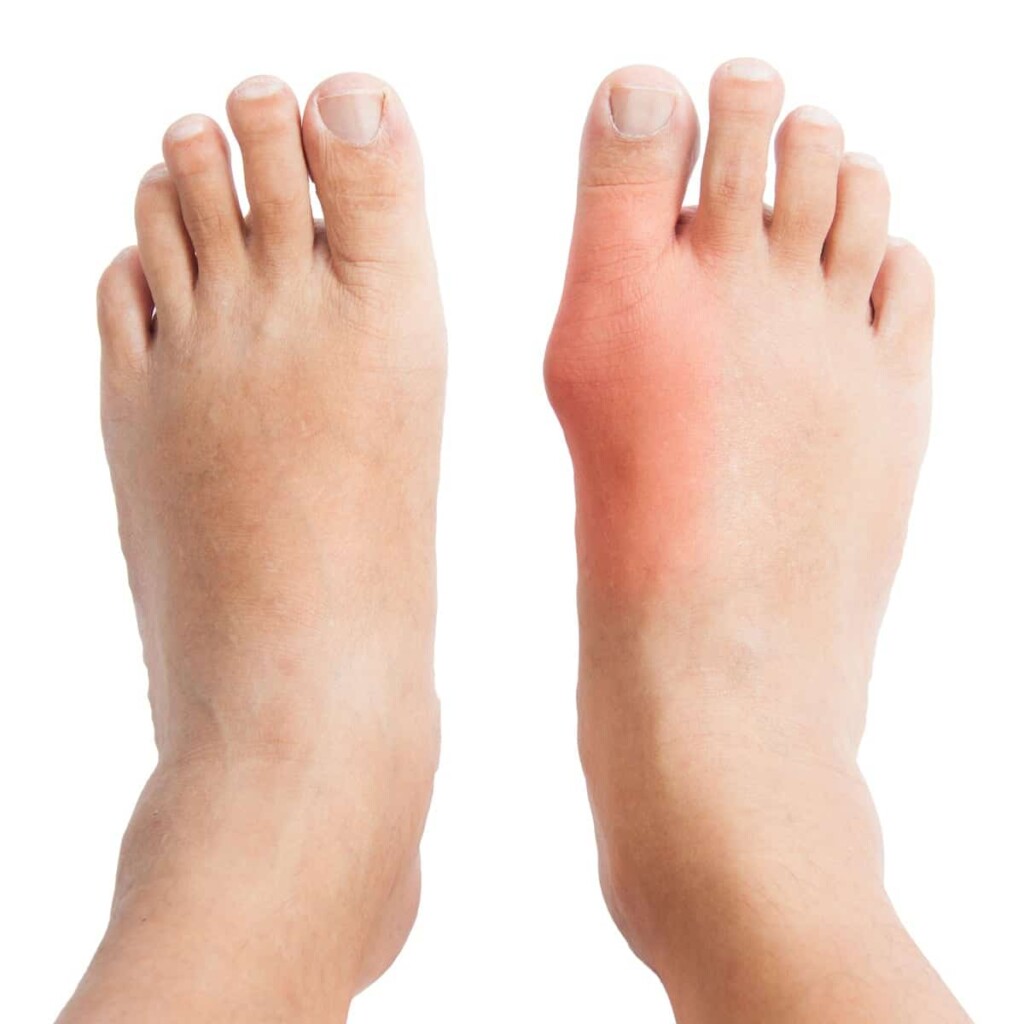When your body struggles to process uric acid properly, it often sends clear signals that something isn’t quite right. Learning to recognize these warning signs of gout early can help you take action before minor discomfort becomes a major problem affecting your daily life.
Uric acid is a natural waste product created when your body breaks down purines – compounds found in many foods and naturally occurring in your cells. While your kidneys typically filter out excess uric acid, sometimes levels can build up, leading to crystallization in joints and tissues that causes gout.
The Classic Signs of Gout
The most recognizable symptom of gout is sudden, intense joint pain. This discomfort typically strikes without warning, often during the night or early morning hours. The pain can be so severe that even the weight of a bedsheet becomes unbearable.
The big toe is frequently the first target of a gout attack, though gout can affect other joints including ankles, knees, elbows, wrists, and fingers. The affected area often becomes visibly swollen, red, and warm to the touch. This inflammation can make the joint appear almost shiny and feel extremely tender.
Early Warning Symptoms You Shouldn’t Ignore
Before the intense pain of a gout attack strikes, your body may give you subtle hints that uric acid levels are rising. These early warning signs include:
- A persistent aching or stiffness in joints, particularly after periods of inactivity. You might notice this when getting out of bed in the morning or standing up after sitting for a while.
- Occasional twinges of discomfort in your feet, especially around the big toe joint. These brief moments of pain may come and go, lasting only minutes at a time.
- General fatigue that seems unexplained by your usual activities. When your body is working harder to process excess uric acid, it can leave you feeling more tired than usual.
- Mild swelling that comes and goes in joints, particularly feet and ankles.
- Increased sensitivity to touch in previously unaffected joints.
How Gout Symptoms Progress
Gout often follows a predictable pattern. The initial episode might last several days to a week before gradually subsiding. Many people experience complete relief between gout attacks, which can create a false sense of security.
Without proper management, these gout episodes typically become more frequent and may last longer. Additional joints can become involved, and the pain-free periods between flare-ups may shorten. Some people develop persistent low-level discomfort even between acute gout attacks.
Physical Changes to Watch For
Beyond pain and swelling, elevated uric acid can cause visible changes to your joints. Keep an eye out for:
- Small, hard lumps called tophi that may develop under the skin, particularly around joints, ears, or tendons
- Changes in the shape or flexibility of affected joints
- Enlarged, bumpy appearance of the big toe joint that affects how shoes fit
- Persistent redness or discoloration around frequently affected joints
- Reduced range of motion in previously flexible joints
These deposits of uric acid crystals usually develop over time in people with persistently high levels, so early intervention can help prevent their formation.
When Symptoms Require Immediate Attention
While most gout episodes are manageable at home, certain symptoms warrant immediate medical attention. Contact your GP or visit an emergency department if you experience:
- Fever along with joint pain, as this could indicate infection
- Inability to bear any weight on the affected joint
- Severe pain accompanied by feeling generally unwell
- Sharp pain in your back or side that could indicate kidney stones
- Blood in urine or difficulty urinating
- Symptoms that worsen rapidly despite rest and basic care
Your local GP can provide guidance specific to your situation and may refer you to a rheumatologist if needed.
The Impact on Daily Life
The unpredictable nature of gout can significantly affect your quality of life. Common challenges include:
- Avoiding social activities or physical exercise for fear of triggering a gout attack
- Difficulty with simple tasks like walking, driving, or even sleeping during flare-ups
- Stress about when the next gout episode might occur
- Changes to work routines or recreational activities
- Impact on sleep quality due to nighttime pain
- Frustration with footwear limitations during swollen periods
Understanding your personal gout triggers and maintaining healthy uric acid levels can help restore confidence in your daily activities and protect your long-term joint health.
Supporting Your Gout Management Naturally
Managing gout effectively often involves a combination of dietary awareness, lifestyle modifications, and targeted nutritional support. Many people find that natural supplements can play a valuable role in maintaining healthy uric acid balance and supporting their overall gout management strategy.
Uricah offers a comprehensive approach to uric acid support, combining 14 carefully selected natural ingredients in transparent, clearly labeled formulations. Created by someone who personally experienced gout challenges, Uricah provides the kind of targeted nutritional support that can complement your overall gout management strategy. With ingredients like tart cherry extract, celery seed, and milk thistle, Uricah supports your body’s natural processes for maintaining healthy uric acid levels.


URICAH! Uric Acid Support
4.85 / 5
read 2,162 customer reviews
$39 AUDTHIS IS YOUR URICAH MOMENT
Our 14 potent, natural ingredients support the body in lowering uric acid levels, alleviating the excruciating pain and discomfort caused by gout.
URICAH™ features powerful ingredients used over thousands of years to fight gout such as Tart Cherry, Celery Seed and Chanca Piedra.
Get back on your feet and live pain free with URICAH™.
LEARN MORE